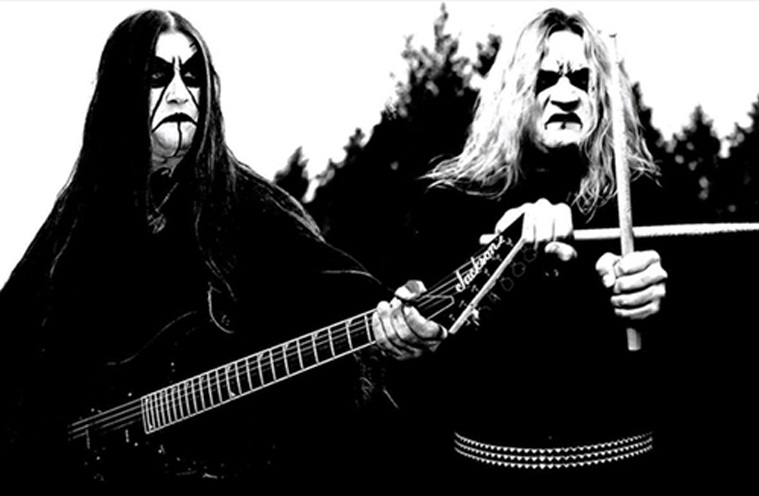Every Friday, The Metal Examiner delves metal’s endless depths to present the genre’s most important and exciting albums.
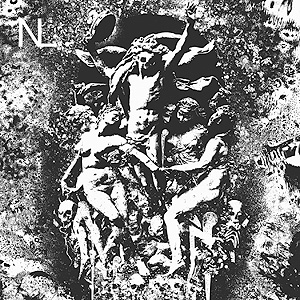
New Lows: Harvest of the Carcass (Deathwish Inc., 1/18/11)
New Lows: “Anguish”
[audio:https://alarm-magazine.com/wp-content/uploads/2011/02/8.-Anguish.mp3|titles=New Lows – Anguish]
In the early 2000s, members of New Lows were cutting their teeth in Think I Care, playing in Sheer Terror’s tradition of Celtic Frost-worshiping hardcore punk. After the demise of Think I Care, New Lows appeared with an ugly, punishing demo and a similarly aggressive seven-inch record.
The band recorded an LP with CC from Mind Eraser that was initially shelved due to inner turmoil and a near breakup. However, New Lows resumed activities as a band, and Harvest of the Carcass, its proper debut, now sees the light of day, taking the Boston metalcore tradition into a raw and primitive place.
New Lows plays in a style that recalls the crushingly heavy and simplistic late-1980s punk/death-metal hybrid of bands like Asphyx and Bolt Thrower. Bands affiliated with the hardcore scene, like Ringworm and Merauder, have been blending these sounds since the early 1990s. Recently, several hardcore bands have risen to prominence with sounds that are much more death metal than they are Bad Brains. This new crop of bands includes New Lows as well as Nails, Harms Way, and Mammoth Grinder.
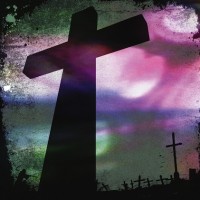 Down: Down IV: Part 1, The Purple EP (WMG, 9/18/12)
Down: Down IV: Part 1, The Purple EP (WMG, 9/18/12)
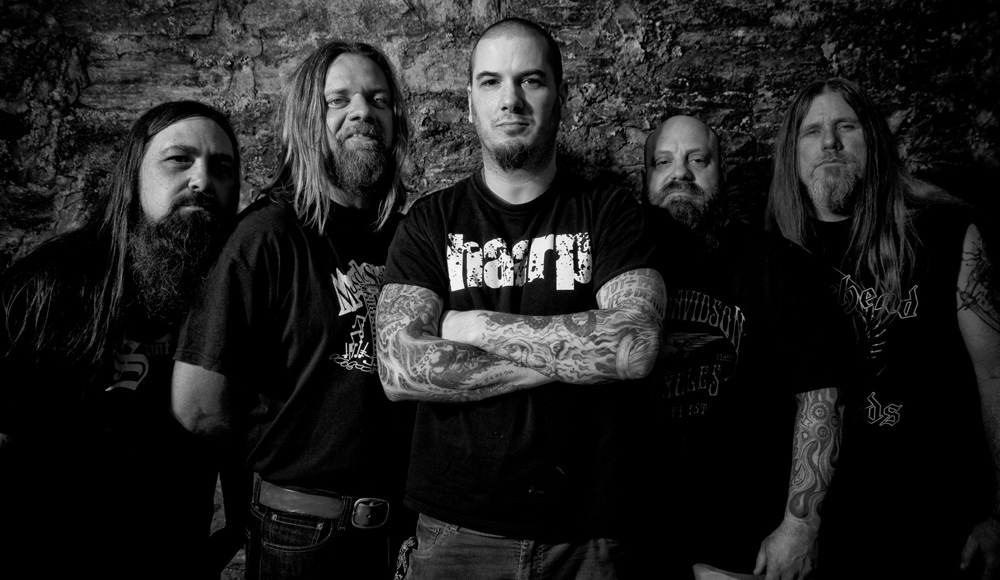
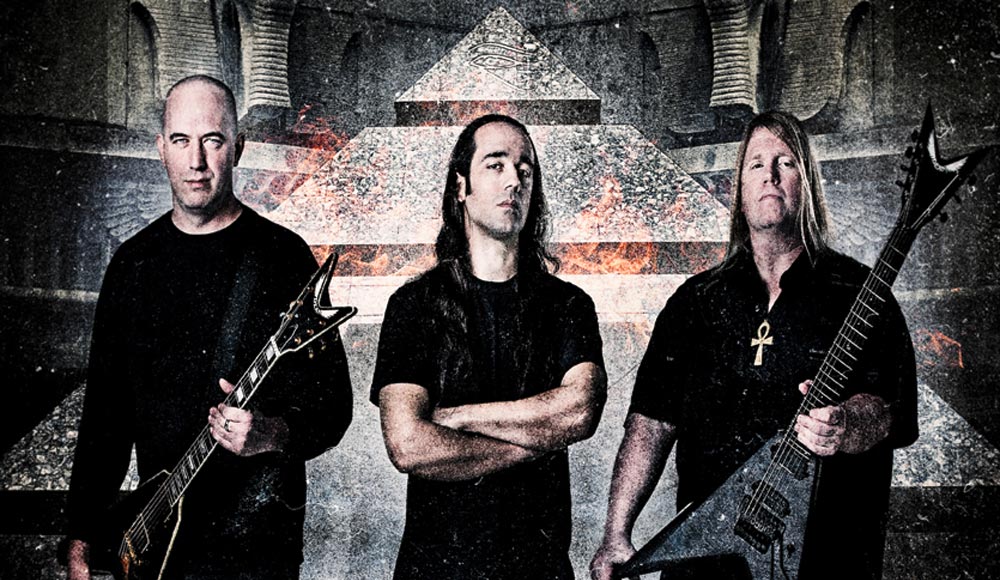
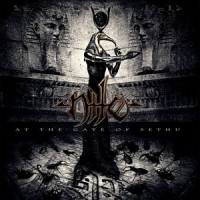 Nile
Nile
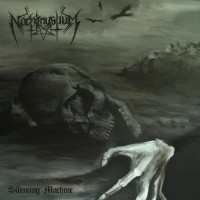

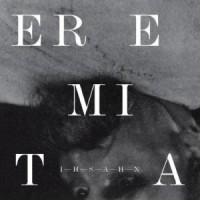
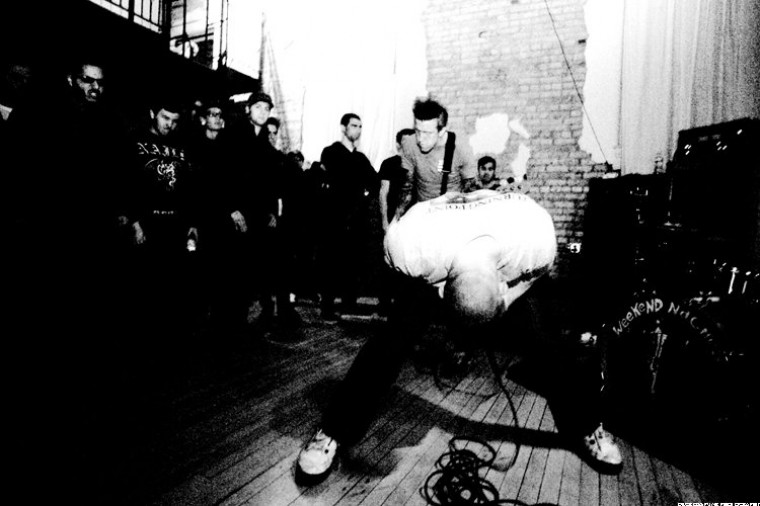

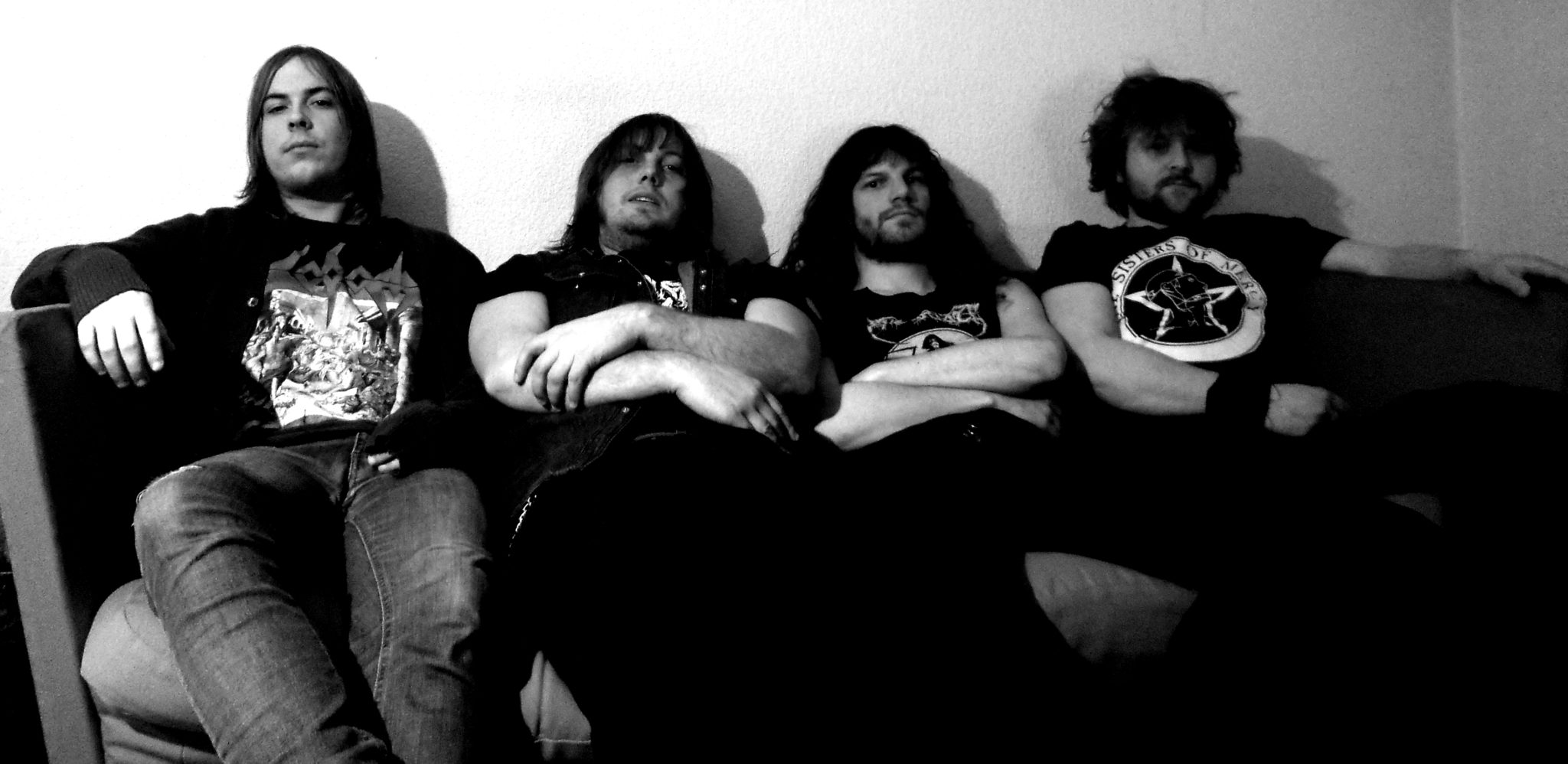
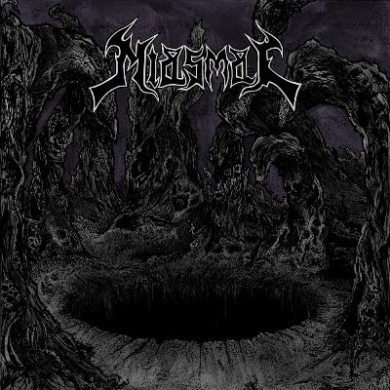
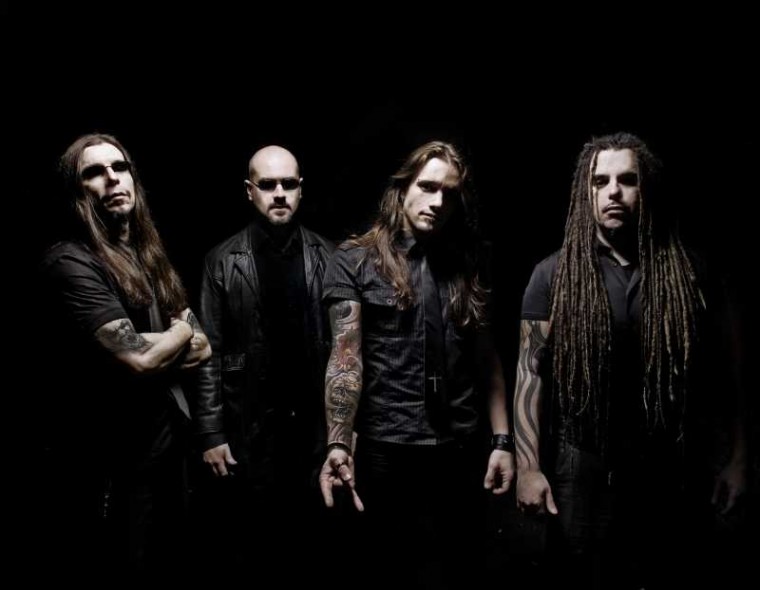
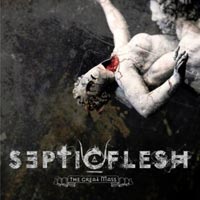
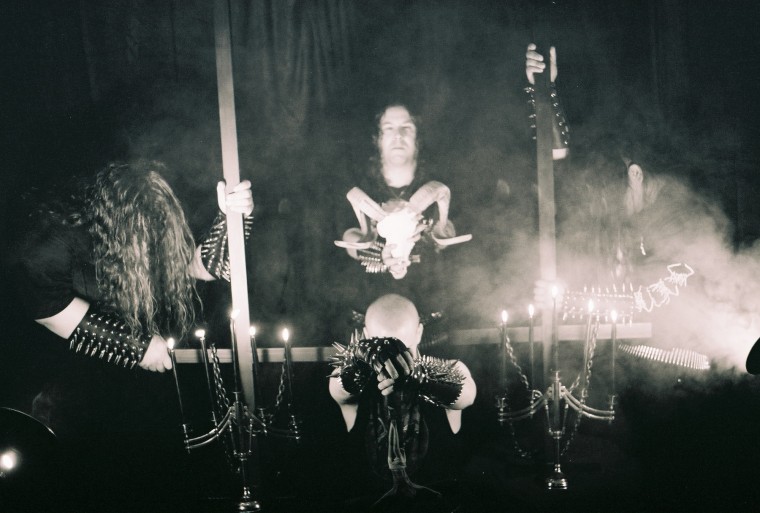
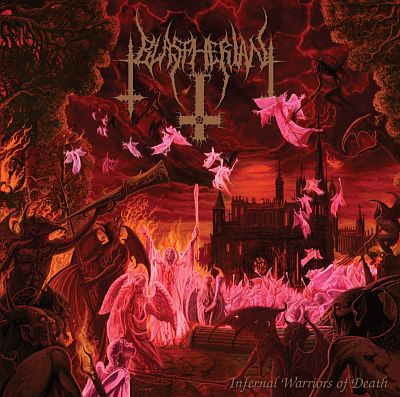
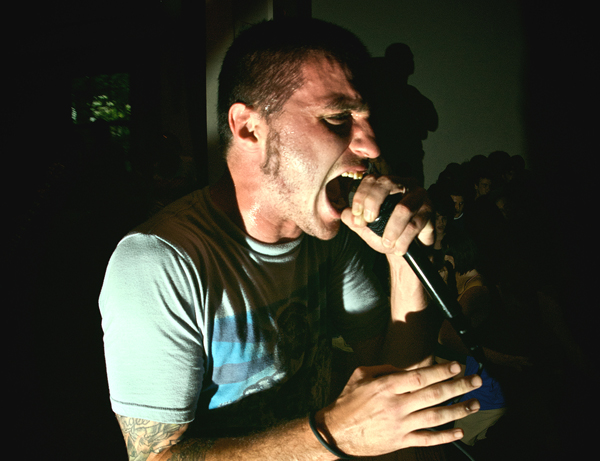

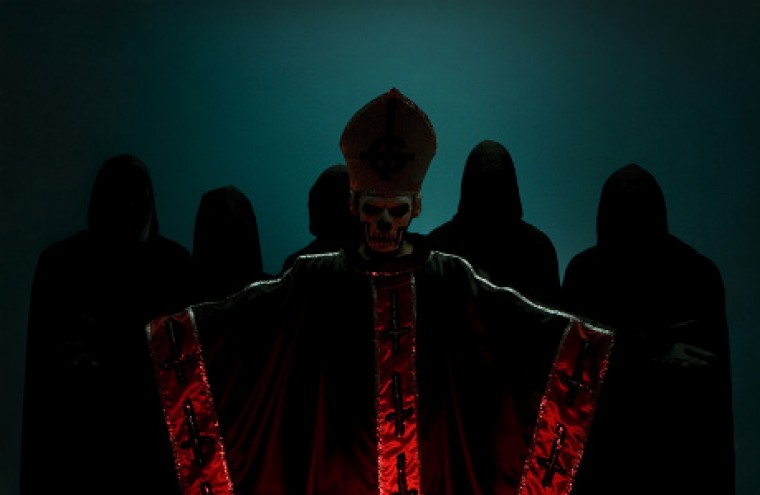
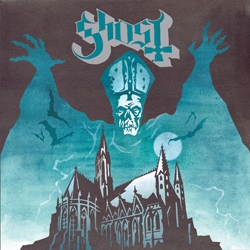 Ghost
Ghost